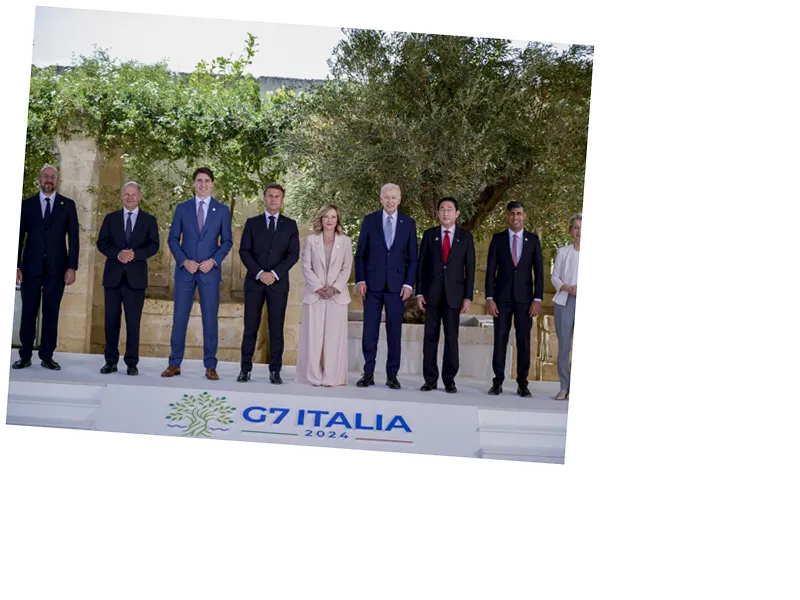Ukraine continues its steadfast defense against Russian invasions, with the conflict now extending beyond two years. The heavy toll of the war is evident on both sides, including substantial civilian casualties. Russia's recent aggressive offensives in eastern and northeastern Ukraine have led to significant losses. Despite Moscow's claims of territorial gains, it remains reticent about its own casualties. However, the Ukrainian Defense Forces release daily figures on Russian losses, noting that around 1,110 Russian soldiers were either killed or seriously wounded in the past 24 hours, bringing total Russian losses to 501,190 since the invasion began. These figures, however, cannot be independently verified.
The Russian military's heavy losses extend to equipment and vehicles. Ukrainian military reports, which also require independent verification, highlight substantial losses in tanks, air defense systems, drones, multiple rocket launchers, armored vehicles, and artillery systems. The numbers suggest a striking depletion of Russian military hardware, underscoring the intense nature of the conflict.
NATO has cited assessments from Western intelligence agencies, estimating that Russian casualties exceed 350,000. NATO Secretary General Jens Stoltenberg emphasized the high cost Russia is bearing for marginal gains. Similarly, US intelligence and the British Ministry of Defense have provided estimates of Russian casualties, with figures suggesting tens of thousands of Russian and Wagner private army personnel killed or injured.
In response to the ongoing conflict and to curtail Russia’s financial ability to sustain its invasion, the G7 Finance Ministers, meeting in Italy, have pledged to enhance financial and economic sanctions against Russia. They have identified targeting Russia's energy revenues and future extraction capacities as key strategies. Since February 2022, a combination of US and EU sanctions has sought to throttle the Russian economy. The EU is now considering additional sanctions that may include prohibiting the transfer of Russian liquefied natural gas (LNG) through the EU to third countries and expanding the blacklist to include more Chinese entities accused of supplying military technology to Russia.
The overarching aim is to diminish Russia's revenue streams that fund its military actions. These steps by global financial leaders reinforce the collective resolve to impede Russia's capacity to persist with its military aggression. Diplomatic sources suggest that these efforts are critical in ensuring comprehensive adherence to existing sanctions and in preventing their circumvention.
- The conflict in Ukraine has drawn significant international focus, both in terms of military engagements and economic strategies aimed at curbing the aggression.
- It is evident from NATO and Western intelligence reports that the attrition rate of Russian forces and equipment is substantial. The consensus among international observers is that the war has exacted a heavy toll on Russia, both human and material.
- The economic sanctions from the G7 and the European Union are part of a broader strategy to apply economic pressure and isolate Russia from crucial financial resources. This is seen as a necessary measure to limit Russia’s capabilities and compel it to cease hostilities.
- The enhancement and introduction of further sanctions reflect ongoing international efforts to support Ukraine and uphold international law, aiming to restore peace and stability in the region.






